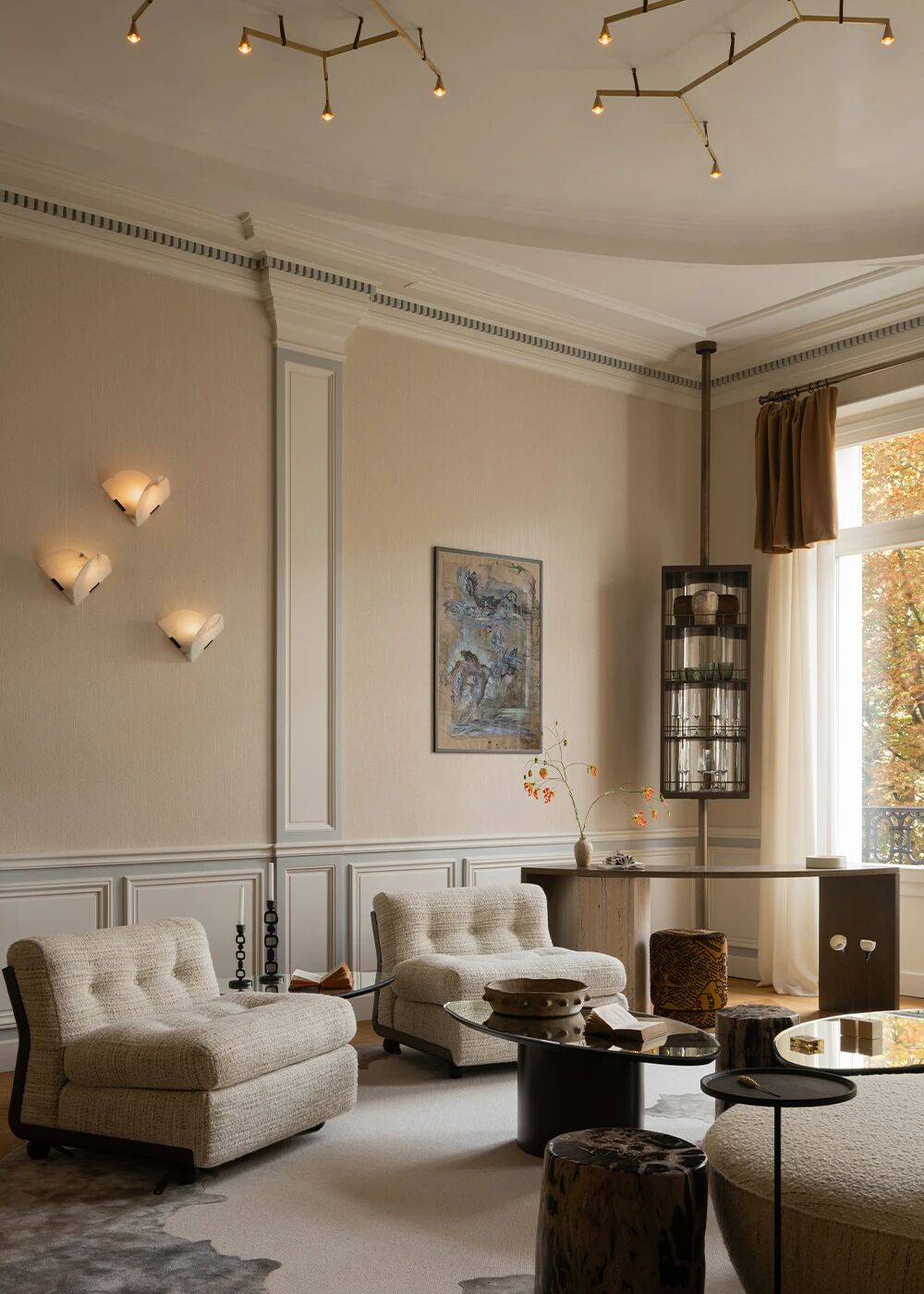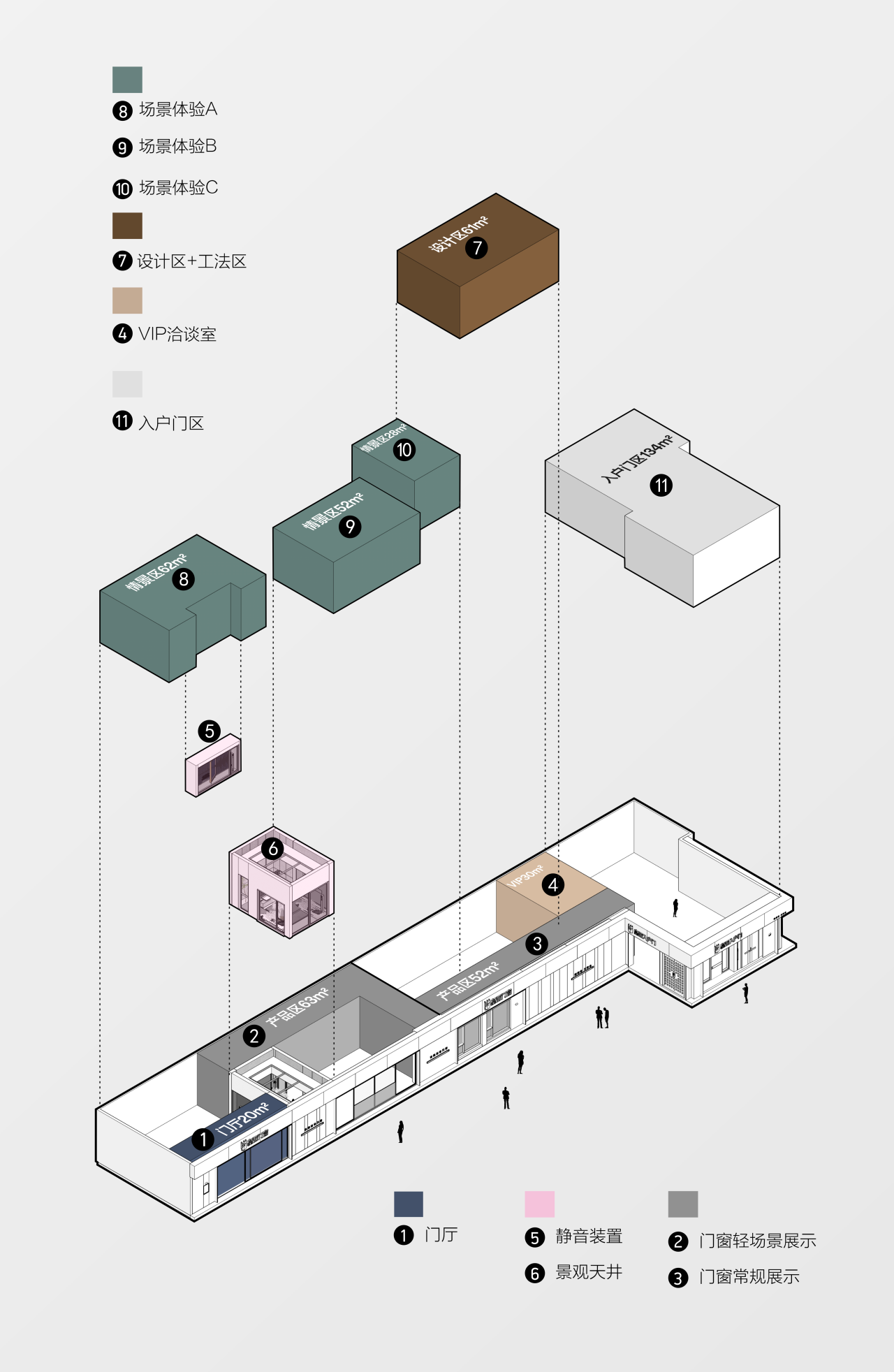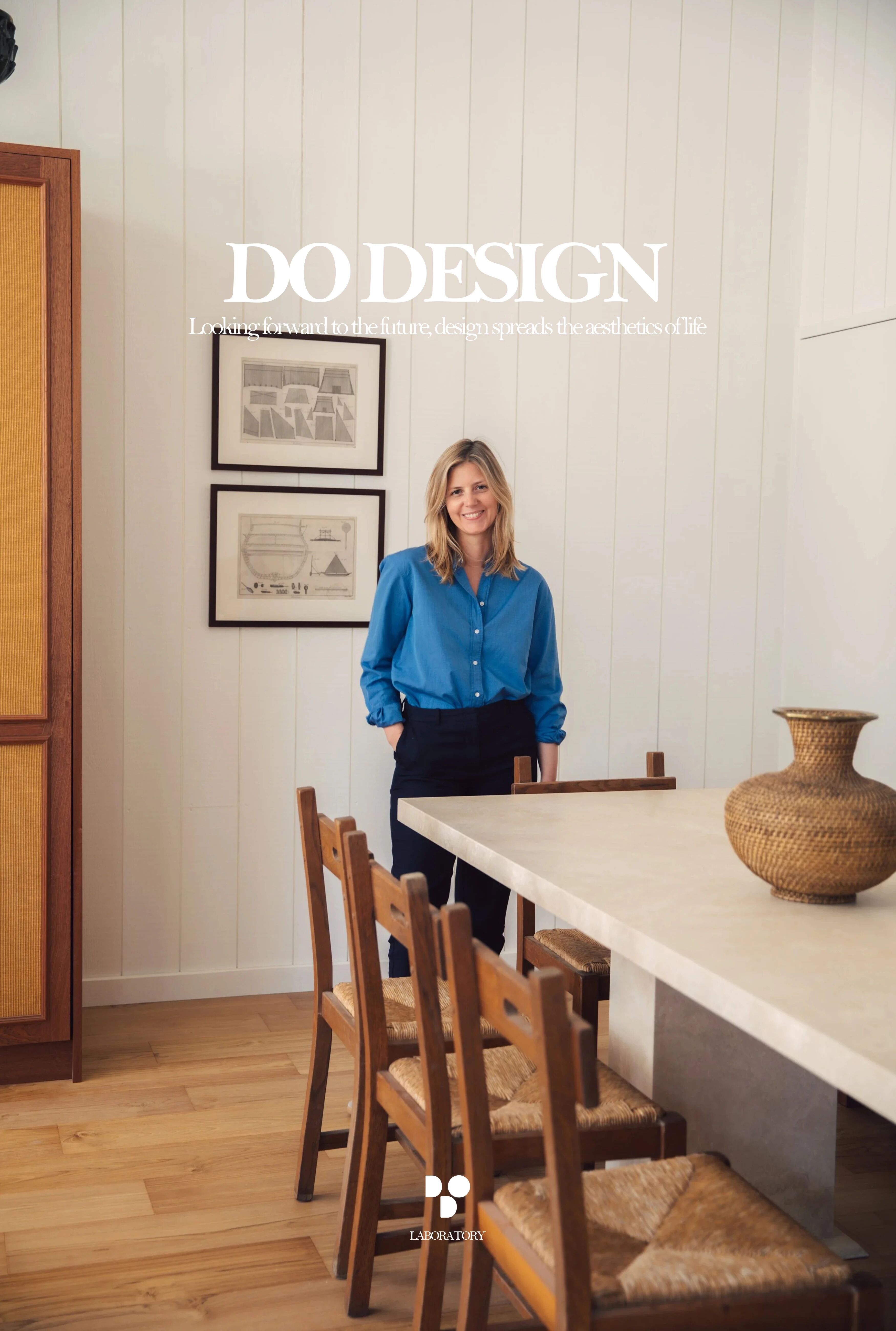This Bangalore House Featuring Mid-Century Classics Furniture and Contemporary Art
2018-03-05 13:49
Architects: Khosla Associates Project: Bangalore House Architect in Charge: Sandeep Khosla and Amaresh Anand Design Team: Sandeep Khosla, Amaresh Anand, Oomen Thomas and Priyanka Sams Location: Bangalore, India Photography: Shamanth Patil
建筑师:Khosla Associates Project:Bangalore House Architect:San深处Khosla和Amaresh Anand设计团队:San深处Khosla,Amaresh Anand,Oomen Thomas和Priyanka Sams:Bangalore,印度摄影:Shamanth Patil
Description by architect: We intentionally thought of building an inward looking house for a young couple who wanted privacy from the street and views into their garden. The configuration of choice was a L-shaped plan that would straddle two sides of the corner site and allow openness into the garden.
建筑师的描述:我们有意为一对年轻夫妇建造一栋外观内向的房子,他们想要从街道上获得隐私,在花园里欣赏风景。选择的配置是一个L形的计划,它横跨街角的两侧,并允许开放进入花园。
Conceptually the Bangalore house has two opposing faces, an introverted exterior facing the street in the east and south, and an extroverted interior elevation facing west and north. The street facing massing is more opaque while the garden facing elevations provide transparency and views.
从概念上讲,班加罗尔的房子有两个相反的面,一个向东和南面对街道的内向的外部,和一个向西和向北的外向的内立面。面对聚集的街道更不透明,而面向高地的花园则提供透明和景观。
Entry to the Bangalore house is from the east through a rectilinear portal that frames a shallow water feature via a large picture window, thus establishing an immediate visual connection from the street to the garden. In the perpendicular direction the foyer opens up to a double height living room and then notches into an equally capacious dining area with an open kitchen. The family room on the upper level interacts with the double volume of the dining and living below.
进入班加罗尔的房子是从东部通过一个直线门户,通过一个大的图片窗口框架浅水特征,从而建立了一个直接的视觉连接从街道到花园。在垂直方向,门厅打开到一个双高的客厅,然后进入一个同样宽敞的餐厅与一个开放式的厨房。上层的家庭房间与下面的餐饮和生活的双重音量相互作用。
The organisation of the various functions of the home takes into account a deliberate segregation of public and private space. The ground floor houses a guest room, study, puja room and two kitchens other than the living and dining areas and the first floor has a master bedroom, childs bedroom, yoga room and a family area.
家庭各种功能的组织考虑到了公共和私人空间的蓄意隔离。一楼设有客房、书房、普加室和除起居室和餐厅外的两个厨房,一楼设有主卧室、儿童卧室、瑜伽室和家庭区域。
The living room’s verticality is emphasised by large floor-to-ceiling windows with sheer blinds that provide filtered light from the harsh afternoon western sun and open up to allow the morning sun from the east. The living areas open seamlessly to a wooden deck and garden.
客厅的垂直性是由巨大的从地板到天花板的窗户和纯粹的百叶窗来强调的,这些窗户可以从午后的刺眼的西方阳光中过滤光线,并打开让早晨的阳光从东方射出。起居室与木制甲板和花园无缝相连。
Two sloping roofs articulate the importance of the living room and the master bedroom and simultaneously lunge out into views of the garden from either end of The “L-Plan ”. A third roof over the yoga room slopes outward onto the street corner. These roofs have a curious detail as they are wedged within bold vertical fins and connected with a skylight-spacer on either end. The resultant effect makes them seemingly float within their respective volumes.
两个倾斜的屋顶清楚地说明了起居室和主卧室的重要性,同时从“L-计划”的两端冲入花园的视野。瑜伽室的第三个屋顶向外倾斜到街角。这些屋顶有一个奇怪的细节,因为它们是嵌在大胆的垂直鳍,并与天窗间隔连接在两端。其结果使它们似乎在各自的卷内浮动。
The surfaces of the facade are a mix of white stucco and polished cement juxtaposed with timber cladding on the underside of the roofs. Flooring are large swathes of polished Indian Grey Kota stone.
正面的表面是白色灰泥和抛光水泥的混合物,与屋顶底部的木材覆层并列。地板是一大片经过磨光的印度灰色科塔石。
The furniture is peppered with mid – century classics such as Wegner Shell chairs, Jacobsen Swan chairs and a Saarinen Womb chair, juxtaposed with light fixtures by Louis Poulsen, Foscarini and Tom Dixon. Art on the walls are by young contemporary Indian Artists, while rugs are colourful woven flat weave dhurries from Jaipur.
家具充斥着世纪中叶的经典作品,如韦格纳壳牌(Wegner Shell)椅子、雅各布森天鹅椅(Jacobsen Swan)和萨里宁子宫椅(Saarinen),与路易斯·保尔森(Louis Poulsen)、福斯卡里尼(Foscarini)和汤姆·墙上的艺术是年轻的当代印度艺术家,而地毯则是来自斋浦尔的色彩缤纷的平纹织布。
 举报
举报
别默默的看了,快登录帮我评论一下吧!:)
注册
登录
更多评论
相关文章
-

描边风设计中,最容易犯的8种问题分析
2018年走过了四分之一,LOGO设计趋势也清晰了LOGO设计
-

描边风设计中,最容易犯的8种问题分析
2018年走过了四分之一,LOGO设计趋势也清晰了LOGO设计
-

描边风设计中,最容易犯的8种问题分析
2018年走过了四分之一,LOGO设计趋势也清晰了LOGO设计
































































